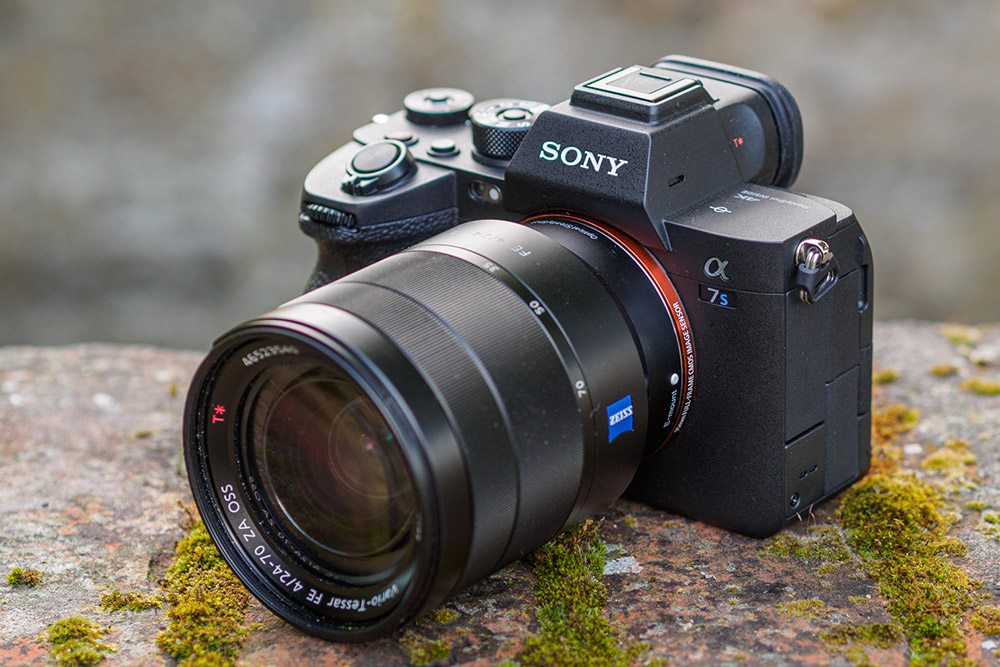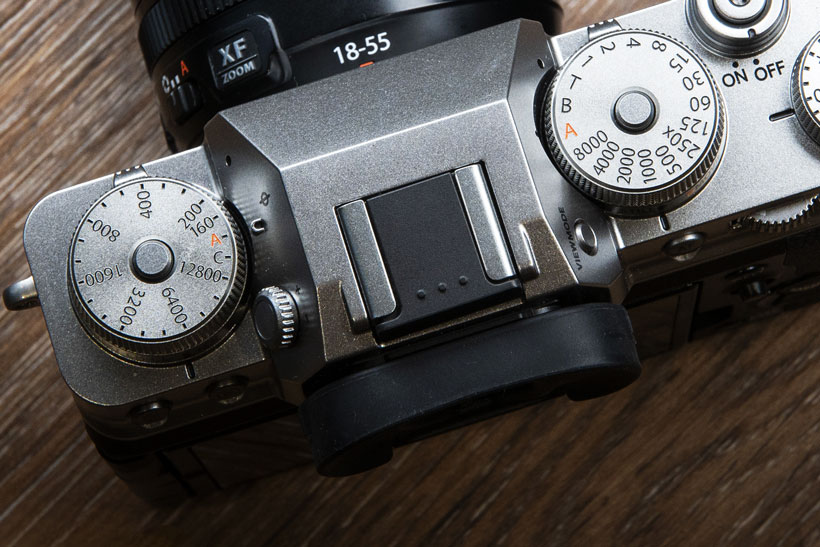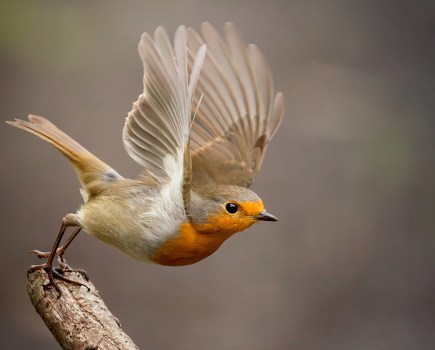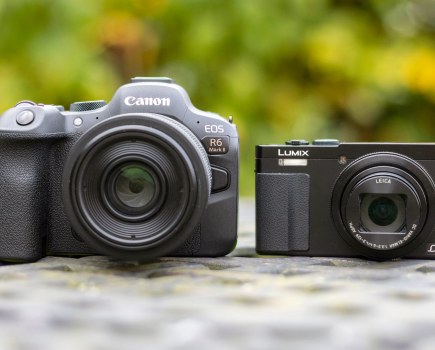Lower ISO numbers, please. “I’d love to get more into photography but all the numbers put me off.” It’s a complaint many people have made to me over the years and I have to admit they have a point. If you progress beyond automatic settings you’re soon in a numerical soup, shuffling shutter speeds, apertures, sensitivity ratings, exposure compensation and colour temperatures, not to mention frame rates, resolutions and pixel counts. The less numerically inclined can soon become petrified and the problem, if anything, seems to be getting worse.
One particular variable is in danger of getting completely out of hand – ISO sensitivity. Recent improvements in sensors mean the figures involved at the upper end have become enormous. Canon has shown movie cameras capable of ISO 4,560,000, for example, while some Nikons have hit 3,280,000 in their extended settings – daunting figures, even for seasoned number jugglers like me.
Recently, I was taking some quick shots with a Sony Alpha 7S III. I’d selected my shutter speed and aperture and, as the room was quite dark, I’d opted for a moderately fast ISO setting of 1600. Or at least I thought I had. In my haste, perhaps dazzled by the zeros in the viewfinder, I’d actually selected 160,000. In this case, after one somewhat noisy exposure, I soon realised my mistake and no harm was done, but I could have compromised many exposures of some unrepeatable action.

Sony Alpha A7S III
The problem is that the particular ISO scale everyone uses is linear. Double the sensitivity and you double the number. Back in the day, it was called ASA (standing for the American Standards Association that invented it) and it was rather appropriate for film speeds. 25 sounded and felt slow – as you’d expect with Kodachrome II – while 400 was just a bit racy for reportage on Tri-X. The figures only started to get big when you were doing something more extreme, like rating your HP5 at 6400 and pushing it to the limit in Microphen developer.
With the latest sensors the figures have grown exponentially, but solutions may be available. Though not generally quoted, the ISO standard also incorporates the old German DIN sensitivity figures. This is a logarithmic scale. The figures go up by three when sensitivity doubles, So 25ASA is 15 DIN, 50ASA is 18DIN, 400ASA is 27DIN and 409600ASA is 57DIN. All much more manageable, if also less exciting, dramatic and expressive.

Film speed(s) as found on 35mm film, photo: Jon Bentley
Maybe dividing all the ASA-derived ISO figures by 1000 would be a better way of solving the big number problem. You’d still get the feeling your sensitivity was increasing but the figures would seem more appropriate to modern sensors; ISO 100, say, would become 0.1 and 12,800 12.8.
Neither of these options will totally eliminate photography’s number problem but they might help make the sensitivity figures more palatable, so we can all concentrate less on arithmetic and far more on the enjoyment of taking pictures.
Featured image: Fujifilm X-T4 ISO / Shutter speed dials, Andy Westlake
 Jon Bentley is a TV producer and presenter best known for Top Gear and Channel 5’s The Gadget Show. The views expressed in this column are not necessarily those of Amateur Photographer magazine or Kelsey Media Limited. If you have an opinion you’d like to share on this topic, or any other photography related subject, email: [email protected]
Jon Bentley is a TV producer and presenter best known for Top Gear and Channel 5’s The Gadget Show. The views expressed in this column are not necessarily those of Amateur Photographer magazine or Kelsey Media Limited. If you have an opinion you’d like to share on this topic, or any other photography related subject, email: [email protected]
More reading
- Best cameras for low light photography
- High ISO photography – what you need to know
- Beginners guide to ISO, Shutter speed, Aperture and Exposure







